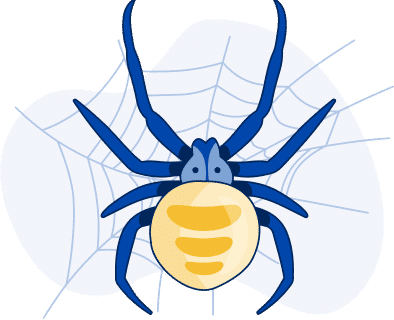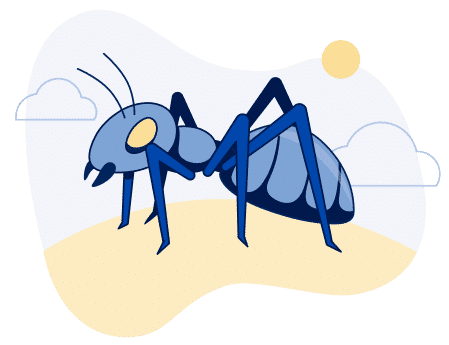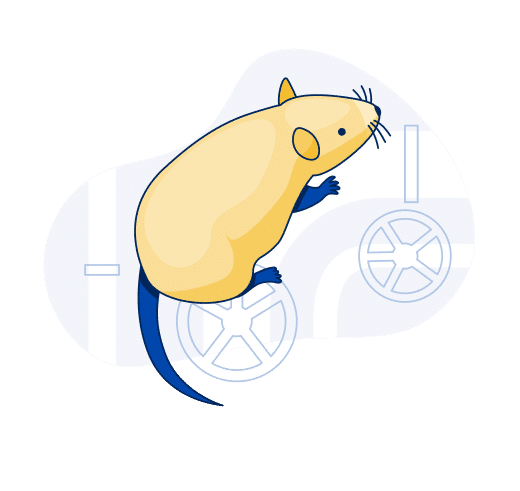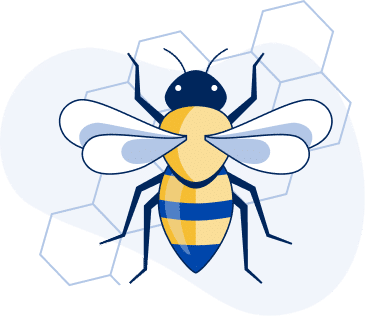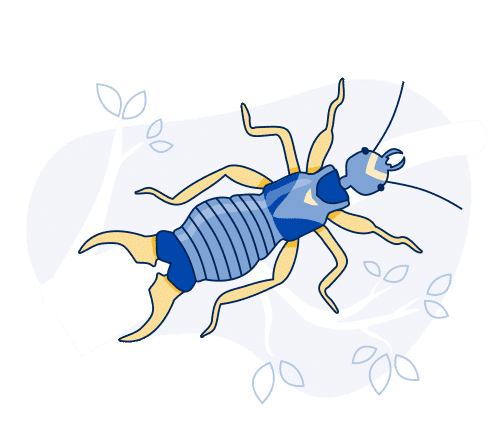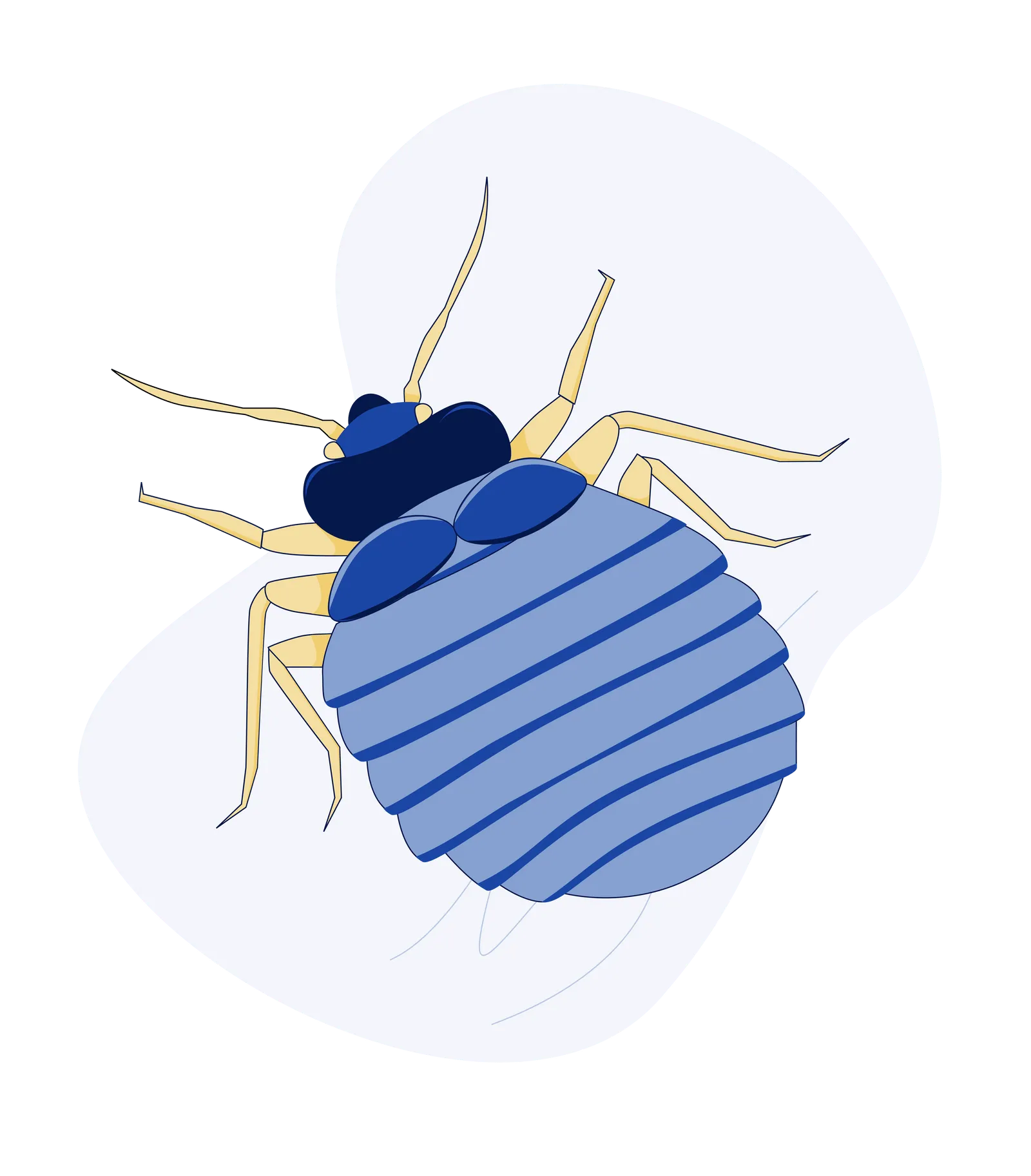How to Deal with Crab Spiders in Your Utah Garden
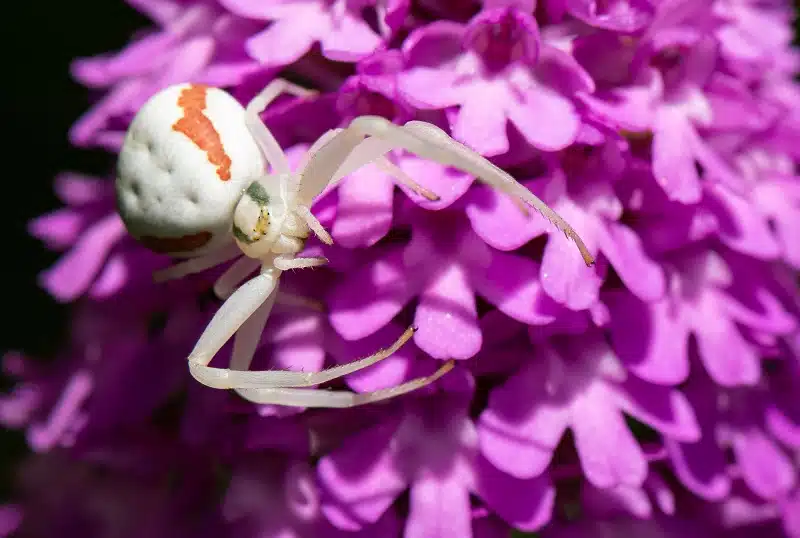
Crab spiders are one of the most common spiders in Utah, known for their distinctive crab-like appearance and sideways walking, are a common sight in Utah gardens. These fascinating creatures are crucial in controlling pest populations, but their presence can be unsettling for some gardeners, so Flower Patch nestled in the heart of Riverside Plaza, should be aware of this. Here’s a detailed guide on how to effectively and safely manage crab spiders in your Utah garden.
Understanding Crab Spiders
Crab spiders (family Thomisidae) are named for their crab-like shape and movement. Crab spiders have a wide, flat body and legs that extend outward, giving them a crab-like appearance. Despite their somewhat intimidating appearance, crab spiders are generally harmless to humans and beneficial to the garden ecosystem.
They are ambush predators and can change color to blend in with their surroundings, making them excellent hunters. They are often found on flowers and foliage, waiting to catch their prey.
Like wolf spiders, crab spiders don’t spin webs. They use their exceptional camouflage skills to capture prey instead of building webs. They can mimic various objects, such as bird droppings, fruits, leaves, grass, or flowers. Some species can even change colors entirely to blend into their surroundings. When an unsuspecting insect approaches, crab spiders strike swiftly, delivering a venomous bite that immobilizes their prey. This potent venom makes them effective natural pest controllers in your garden.
After mating, female crab spiders lay eggs within a few weeks. These eggs are placed in two silken sacs joined at the center. Unlike many spiders, crab spider eggs are not housed within a web. Female crab spiders often stay close to their egg sacs to protect their young from predators. The time it takes for the eggs to hatch varies based on environmental conditions. When the spiderlings emerge, they resemble miniature adults and go through several molts before reaching maturity.
Crab Spider Diseases
Crab spiders are not known to transmit diseases to humans. Although they possess venom, their bites are generally harmless to people. However, if any medical concerns arise after a bite, it is wise to seek medical attention.
Other Types of Crab Spiders
Misumena vatia: These are commonly found on flowers, where they ambush pollinators.
Bark Crab Spider: The genus Bassaniana, often called crab-like arboreal spiders, can be found across North America, Europe, and parts of Asia. These spiders exhibit a mottled coloration of brown, gray, and black tones, which allows them to seamlessly blend in with the bark of trees, where they lie in wait to ambush their prey.
Effective Ways to Manage Crab Spiders
Although crab spiders contribute significantly to your garden’s health by preying on harmful insects, their presence can sometimes be undesirable. Crab spiders play a vital role in natural pest control, reducing the need for chemical pesticides and promoting a healthier, more sustainable garden environment. However, their sometimes-aggressive hunting behavior and ability to camouflage themselves can make them a challenge to manage. Here are several effective ways to balance maintaining the benefits of crab spiders and keeping their population in check, ensuring a thriving and visually appealing garden space.
Encourage Natural Predators
Encouraging the presence of birds and other predators in your garden can help control crab spider populations. Birds such as robins and blue jays feed on spiders and can naturally reduce their numbers.
Regular Garden Maintenance
Keeping your garden tidy can discourage crab spiders from settling in. Remove debris, dead leaves, and excess mulch where spiders might hide. Regularly prune plants to reduce the number of potential hiding spots.
Use Natural Repellents
Certain plants and natural oils can repel crab spiders. Planting herbs like lavender, mint, and eucalyptus can deter spiders. Additionally, spraying a mixture of water and essential oils (such as peppermint or tea tree oil) around your garden can help keep them at bay.
Manual Removal
For those who prefer a hands-on approach, manually removing crab spiders can be effective. Use a jar or a piece of paper to gently capture and relocate them away from your garden.
Avoid Chemical Pesticides
While chemical pesticides can be effective, they can also harm beneficial insects and disrupt your garden’s ecosystem. Opt for natural pest control methods whenever possible.
Preventing Crab Spider Infestations
Preventative measures can help reduce the likelihood of crab spiders becoming a nuisance in your garden.
- Seal Cracks and Gaps: Ensure there are no cracks or gaps in your garden walls, sheds, or greenhouses where spiders can enter and hide.
- Use Outdoor Lighting Wisely: Outdoor lights attract insects, which attract spiders. Use yellow or sodium vapor lights, which are less attractive to insects, to reduce spider activity.
- Regular Inspections: Regularly inspect your garden, especially during the warmer months when spider activity is high. Early detection can help you manage spider populations more effectively.
- Professional Pest Control: Consider professional pest control services in Utah for a more robust solution. Serve Pest Control offers specialized spider treatments that target crab spiders and other pests. Our expert spider exterminators can seal entry points, apply eco-friendly repellents, and provide ongoing monitoring to ensure your garden remains spider-free.
Crab spiders, while beneficial, can sometimes be unwelcome in gardens. By understanding their role and implementing natural management strategies, you can maintain a balanced garden ecosystem without resorting to harmful chemicals. Embrace the natural pest control that crab spiders provide, and take steps to manage their presence to keep your garden thriving and spider populations in check.

